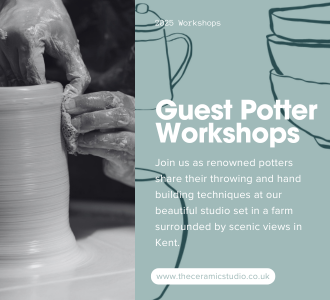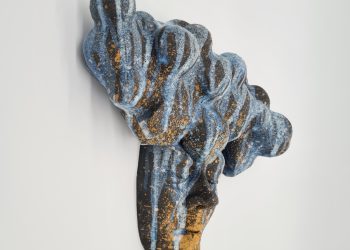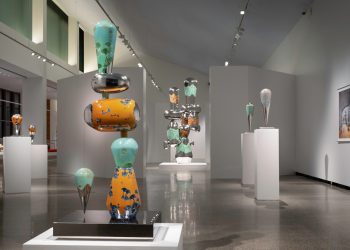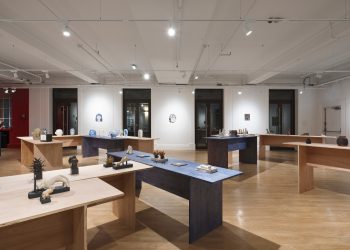Peter Callas is a renowned artist acknowledged for his mastery of the Anagama kiln and wood-firing process. Born in New Jersey, he graduated in 1973 with a Liberal Arts Degree from the University of Puget Sound, Tacoma, and soon after he traveled to Japan to research the art of wood-fired ceramics. In 1976, Peter Callas built the first Anagama kiln in the United States, an achievement that made him an authority on this wood-firing technique.
Though the years, Peter Callas has mentored dozens of artists, and in the 80’s and 90’s he worked with Peter Voulkos, resulting in a unique partnership that produced some of the most important ceramics of the 20th century. Callas’ work has been exhibited in numerous countries, and can be found in the collections of over 30 museums throughout the world, including the Victoria and Albert Museum London and the Metropolitan Museum of Art New York. In 2018 and 2021, Callas was awarded a Pollock-Krasner Foundation grant.
His upcoming solo exhibition “An Enduring Legacy” at the Americam Museum of Ceramic Art (AMOCA) will present a comprehensive overview of his 50-year career. The exhibition will be on tour in 2022-2023 in the United States.
Visit Peter Callas’ website and Instagram page.
Featured work
Selected works, 2016-2018
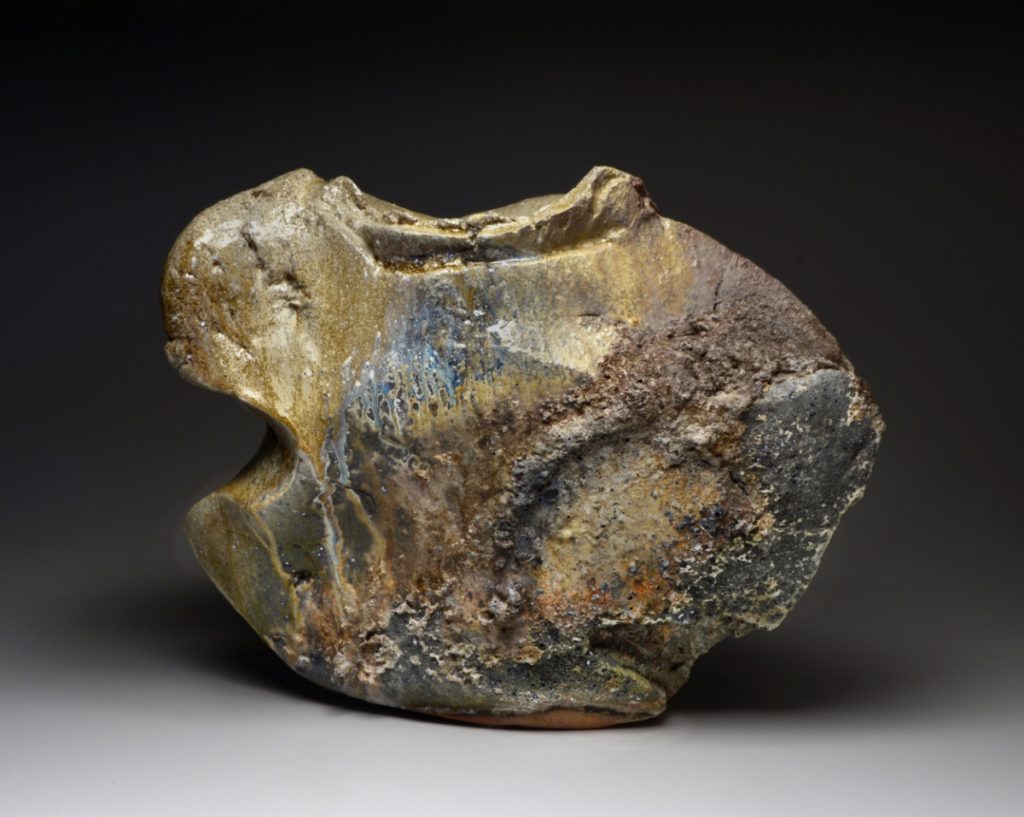
The creative side of artistry is an evolution of expanding the possibilities of art through imagination, experimentation, technology and intelligence.
For over five decades I have focused on this as a potential to incite the mind toward something beyond the technical aspects of making art, beyond the mechanical task of creating physical forms – even in a material as ponderous as clay.
Nature’s surfaces being the constant touchstone and catalyst serving my artistic vision with deliberation and a carefully cultivated receptiveness to the capabilities and caprices of clay.
The Anagama kiln, used to fire my work, serves as a tool for the intangible quality of spirit and energy. The centerpiece for experimentation that records the passage of time as effectively as the accumulated strata in a cross-section of earth. Its ability to conjure in simple, rustic form the material transformations associated with time and the natural forces that return all things to their origins in the earth.
An aficionado of archaeology, To this day I remain enamored of the unpredictable and often curiously emotive effects that long burial can work on the surfaces of ceramic objects.
A kinship for over 50 years melding with the features of nature, especially those that reflect the transformations inherent in botanical and geological cycles. Earthquakes and volcanic eruptions are only the most obvious and impressive symptoms that I reference…. the subtly of a dialogue with the material above any physically aggressive execution of form.
Though my vessels and sculptures may sometimes seem to reflect inexorable force as inevitably as tree trunks blasted by lightning or boulders broken from the face of a mountain. The more profound, abstract content of the work is always inscribed in the quieter details.
A sustained activity has not by itself opened the portals of the absolute; the discourse between artist and clay has not evolved as an isolated and autonomous dialectic but rather as an exchange nuanced by continual recourse to nature as a revelatory source in the pursuit of the eternal and universal.
I strive to neither imitate the face of nature nor attempt the infinitely more difficult task of becoming nature; rather, I allow the experience of nature to continually enhance my receptiveness to certain patterns, rhythms, and transformations in which the intuition recognizes the eternal and universal.



